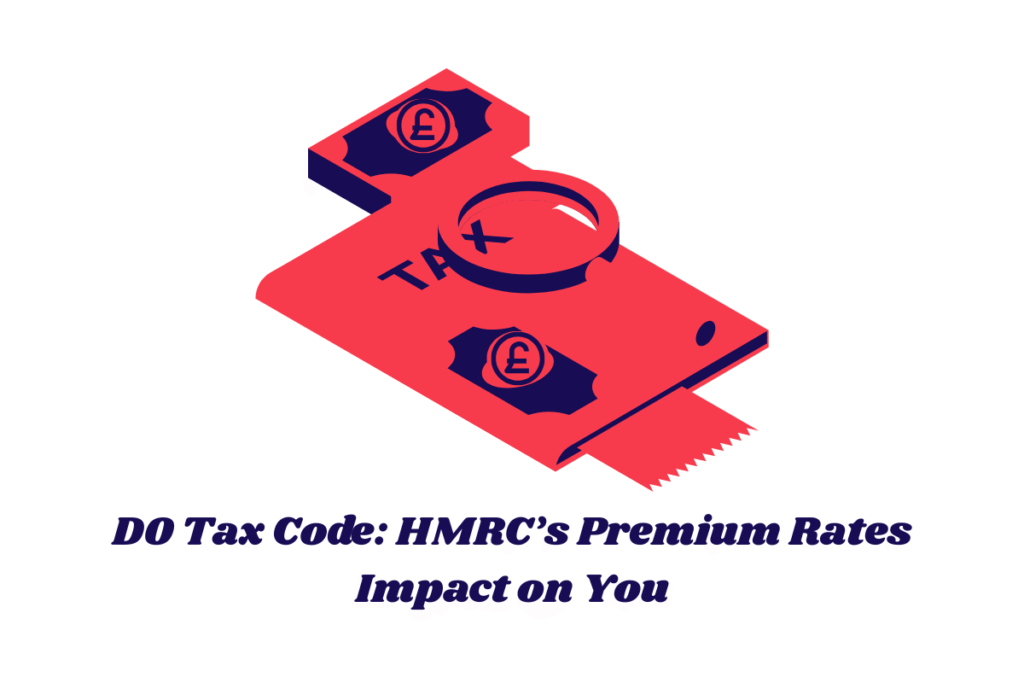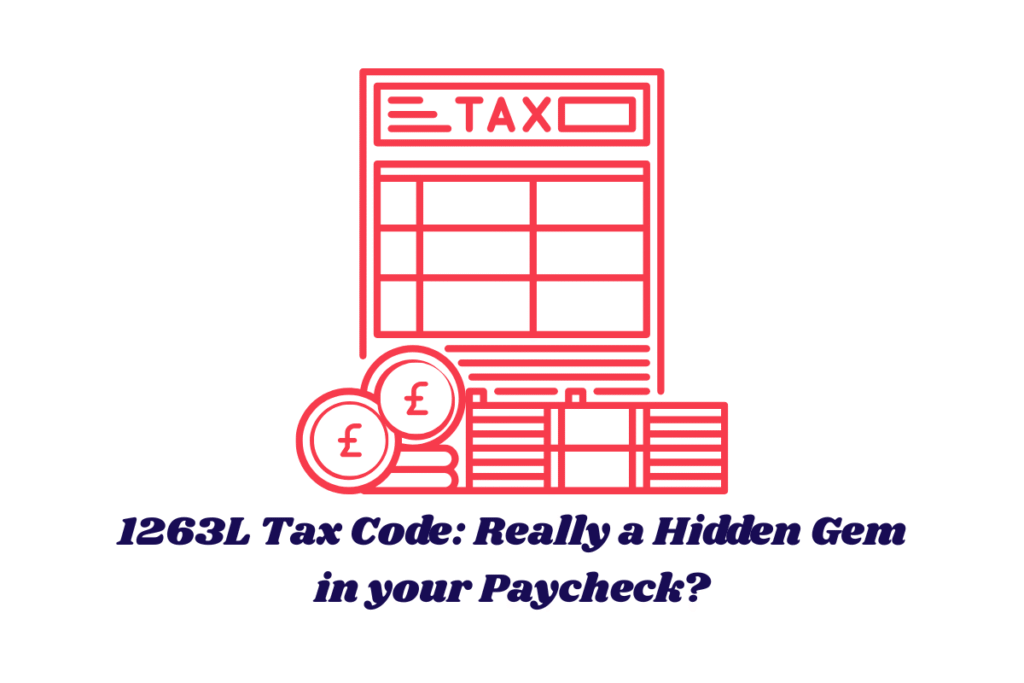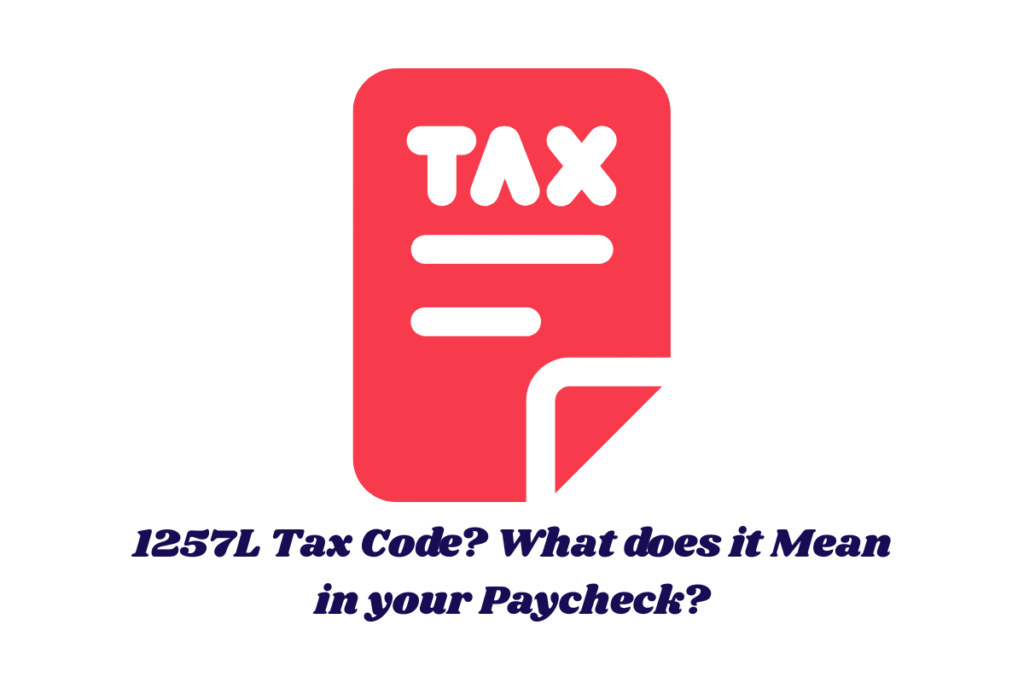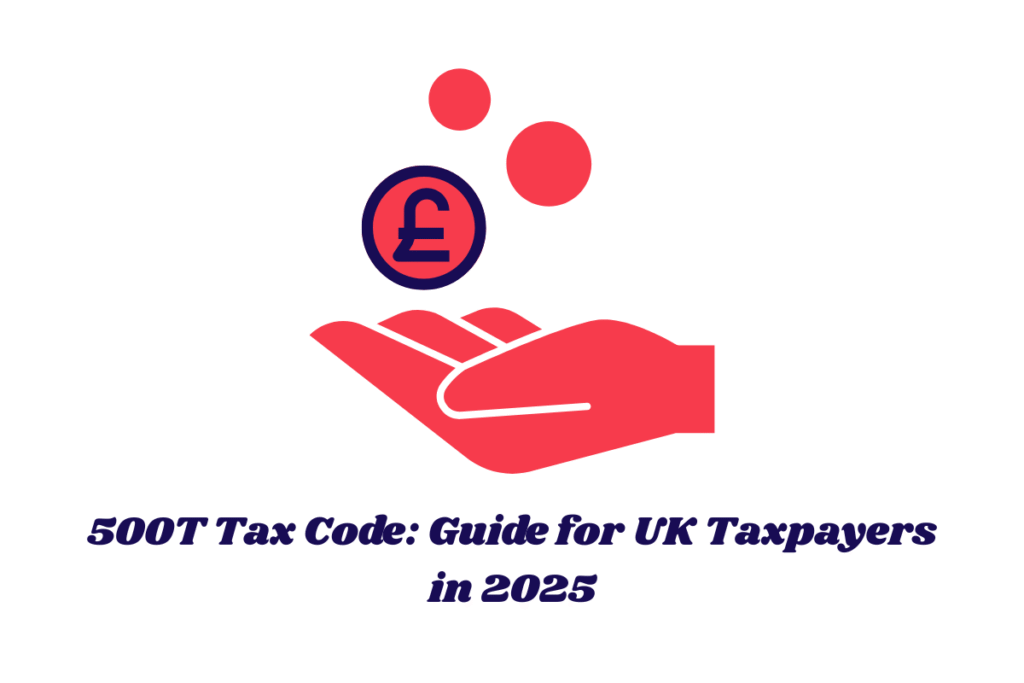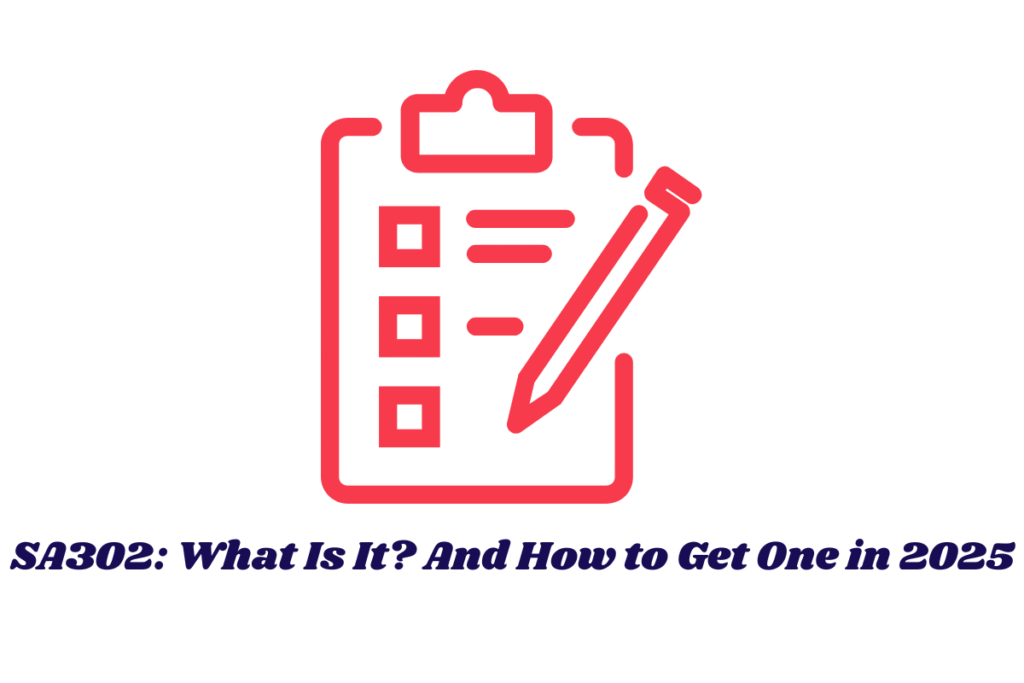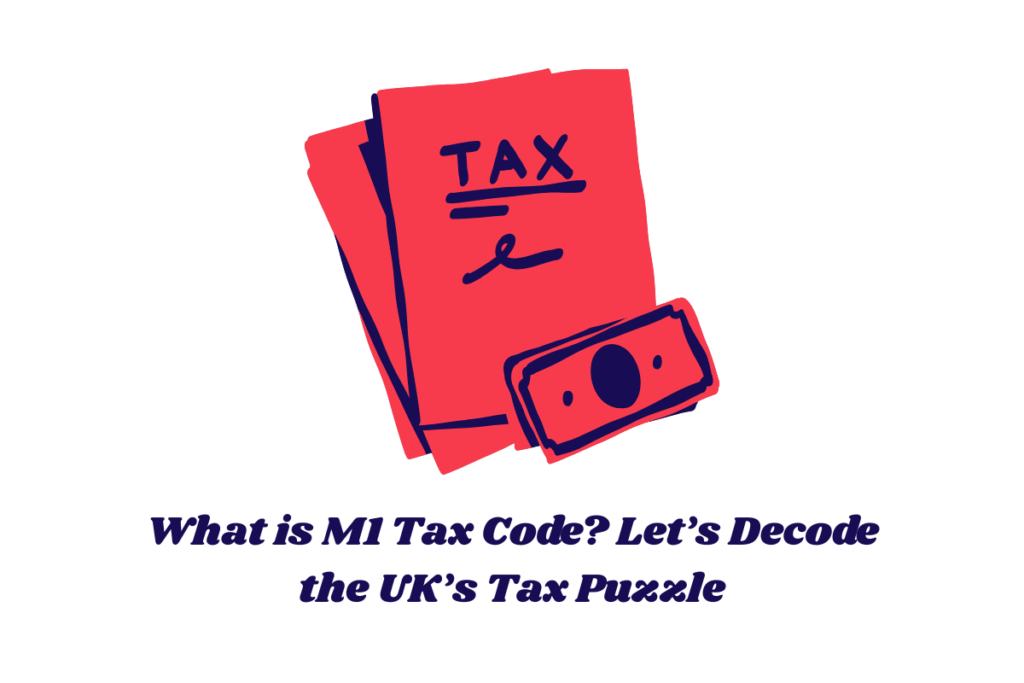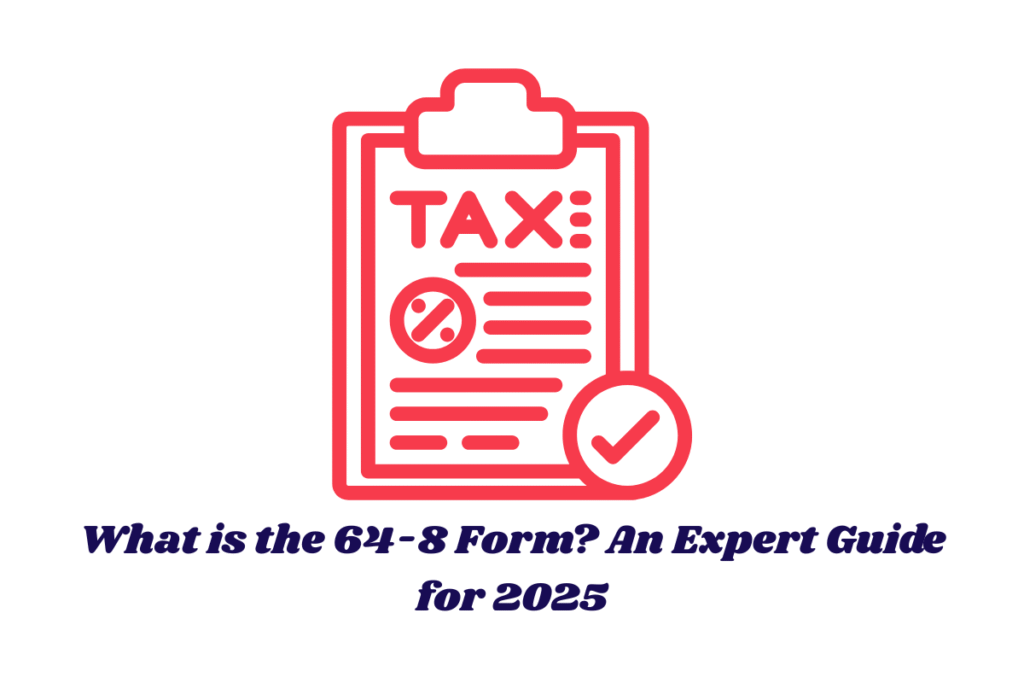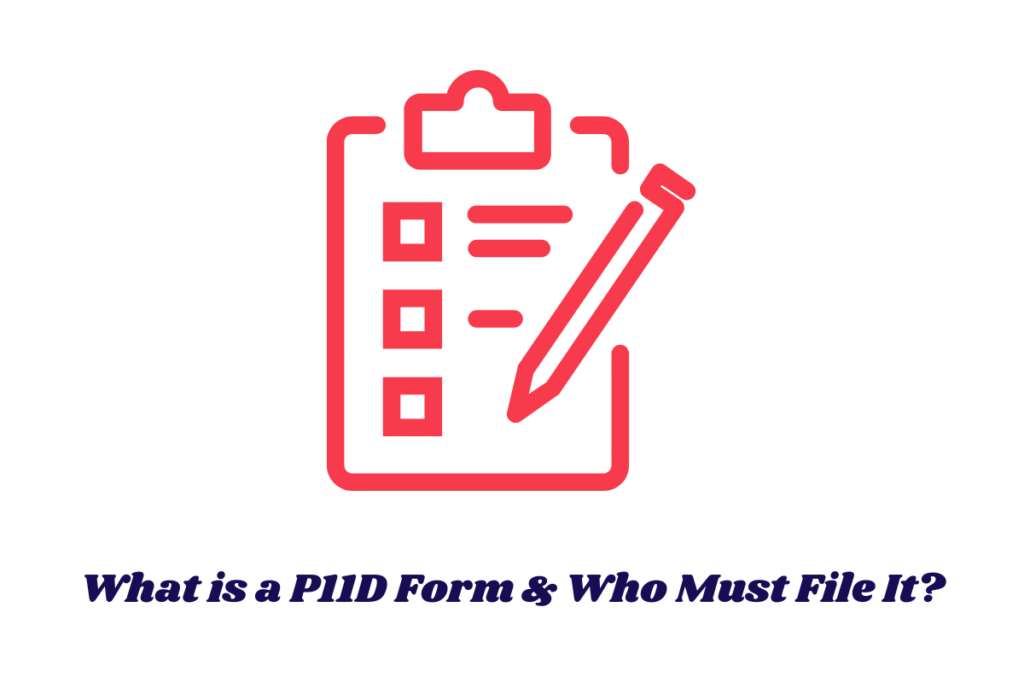The D0 tax code is a UK PAYE (Pay As You Earn) code issued by HMRC that taxes all income from a specific source, such as a second job, pension, or freelance payment at the higher 40% rate. I
t applies when your personal allowance (£12,570 for the 2025 tax year) has already been fully used against another source of income.
Under this code, no tax-free allowance is available, ensuring all earnings from that source are taxed at the higher-rate threshold.
Why the D0 Tax Code Might Apply
To truly understand the implications for your finances, we must first break down the d0 tax code meaning itself. This two-character combination is not arbitrary; it is a clear directive from HMRC to your employer or pension provider.
What the ‘D’ and ‘0’ Signify
The UK’s tax codes are typically made up of numbers followed by a letter. The numbers refer to the amount of tax-free income you are entitled to (your Personal Allowance), and the letter indicates your particular circumstance (e.g., L for standard, T for reviewed, M/N for Marriage Allowance). The D0 tax code deviates significantly from this format:
- The ‘D’ Prefix: This is the critical element. The letter ‘D’ tells the payroll system that the entire income from this particular source must be taxed at a higher rate. When combined with the subsequent digit, it signals that the entire amount is to be taxed at a rate above the basic 20% rate.
- The ‘0’ Suffix: This number (zero) in this context signifies that no Personal Allowance has been allocated to this income source. The entirety of the earnings under this code, from the very first pound is considered taxable income.
In simple terms, the core principle of the d0 tax code meaning is this: 100% of the income stream is taxed at the Higher Rate of 40%.
The Core Principle: 40% Tax, No Allowance
For the current tax year (e.g., 2025, where the Personal Allowance is typically £12,570 and the Higher Rate threshold is £50,270), the D0 code mandates that the income is taxed at the 40% rate.
HMRC applies this rate because they have assessed that your overall total income, combining all sources (e.g., Primary Job, Secondary Job, Pension), already places you into the Higher Rate Tax band.
Furthermore, they have determined that your full Personal Allowance (and likely the entire Basic Rate tax band) has been fully used up against your primary income source.
The D0 code is a non-cumulative tax code. This means it only considers the current pay period (week or month) and instructs the employer to deduct tax at a flat 40% rate from all earnings, without looking at your cumulative earnings or tax paid so far in the year.
2025 Income Tax Rates & Thresholds
For the tax year 6 April 2025–5 April 2026, the UK personal allowance remains £12,570.
England & Wales rates:
- Basic rate (20%) up to £37,700
- Higher rate (40%) from £37,701–£125,140
- Additional rate (45%) above £125,140
Scotland’s marginal rates are slightly different, but the D0 code remains 40% in all cases.
You can read more articles on different taxe codes in the UK:
1263L Tax Code: Really a Hidden Gem in your Paycheck
1257L Tax Code: What Does it Mean in Your Paycheck?
Why You Are Assigned the D0 Tax Code?
The existence of the D0 tax code is not a punitive measure; it is a necessary mechanism within the PAYE system to ensure that individuals with multiple income sources pay the correct amount of tax in real-time, preventing a massive tax bill at the end of the financial year.
The presence of the tax code d0 on your payslip is almost always a result of one of the following scenarios:
1. Multiple Employments (The Most Common Reason)
This is the most frequent trigger for the D0 code. If you hold two or more jobs, HMRC must allocate your Personal Allowance (P/A) to only one of them.
- Job 1 (Primary): This job is usually assigned the standard tax code (e.g., 1257L), meaning you get your full £12,570 P/A, and tax is deducted at the Basic Rate (20%) until you hit the Higher Rate threshold.
- Job 2 (Secondary): If your earnings from Job 1 are substantial enough that they push your total combined income for the year into the 40% Higher Rate band (above £50,270), HMRC will issue the d0 tax code for Job 2. This immediately taxes all earnings from the secondary role at 40%, aiming to correctly account for the high cumulative tax liability upfront.
Real-World Scenario Example
A marketing professional earns £45,000 in her main job (coded 1257L). She takes on a freelance consulting role earning an extra £10,000.
Her total income is £55,000, placing £4,730 of her earnings into the 40% Higher Rate band. HMRC issues the D0 tax code to her freelance employer.
While the code might initially tax all £10,000 at 40%, the year-end reconciliation via Self-Assessment or P800 will ensure she only pays 40% on the portion above the £50,270 threshold, and 20% on the remainder. However, the D0 code ensures a large portion of the tax is collected immediately.
2. High Income and Maximised Allowances
For individuals with very high total income, the D0 code is used to tax any additional income source once both the Personal Allowance and the Basic Rate band have been exhausted by the main source.
Crucially, once your total income exceeds £100,000, your Personal Allowance is progressively reduced by £1 for every £2 earned above the £100,000 mark.
By the time your total income reaches £125,140, your Personal Allowance is reduced to zero. For a person earning above this higher threshold, any secondary or third income source is highly likely to be assigned the D0 tax code because all their income is already taxed at the Higher or Additional Rate, and they have no Personal Allowance left to allocate.
This is often the case for high-earning company directors or partners in a firm with multiple income streams.
3. Pensions and Other Income Streams
The d0 tax code meaning extends beyond employment to other forms of income, such as occupational pensions. If you are drawing a pension while also still working, HMRC will typically apply your Personal Allowance to the largest income source (often the primary employment).
If the combined total of your salary and pension income exceeds the Higher Rate threshold, the pension provider may be instructed to use the D0 code, taxing the pension income at 40% to collect the correct amount of tax.
The alternative might be the BR (Basic Rate) code if your total income is below the Higher Rate threshold, but once you cross that line, D0 is the code of choice for secondary sources.
How D0 Affects Your Take-Home Pay
The financial impact of being on the d0 tax code on your secondary income can be quite stark and often serves as a wake-up call for individuals moving into the Higher Rate band for the first time.
The Immediate Cash-Flow Shock
The most noticeable effect is the immediate reduction in your net pay from the income source assigned the D0 code.
Consider a secondary job that pays £1,000 gross per month.
- Under a standard tax code (e.g., 1257L, if your Personal Allowance was incorrectly allocated here): You would pay minimal to no Income Tax on this income until your allowance was used up.
- Under the D0 tax code:
- Gross Pay: £1,000
- Tax Deduction (40%): £400
- Net Pay (Before NI): £600
Suddenly, 40% of your secondary earnings are immediately going to HMRC. While this is the correct amount of tax based on your overall financial position, the lack of any allowance or Basic Rate taxation is what causes the sharp reduction in net pay.
The system is operating on a worst-case scenario principle to prevent underpayment, placing the onus on you to confirm its accuracy.
D0 and the PAYE System
The PAYE (Pay As You Earn) system is designed to collect tax in real-time. When your employer receives the tax code d0 instruction from HMRC, they are legally obliged to apply it. They cannot unilaterally change it.
The system is highly accurate for simple cases (one job, standard P/A) but requires adjustment for complexity. The D0 code, therefore, is a safety net.
It ensures that the tax is paid at the highest likely rate, so if you are only paying the Basic Rate (20%) on your primary income and 40% on your secondary, HMRC is collecting the correct average tax rate for your overall income bracket.
Comparing: D0 vs BR vs D1
Understanding the d0 tax code meaning is best achieved by comparing it to its close cousins, the BR and D1 tax codes. These codes are all non-cumulative and all indicate that your Personal Allowance is zeroed out, but they differ in the rate of tax applied.
| Tax Code | Meaning | Income Tax Rate Applied | HMRC Context (Typical Use) |
| D0 | Double Rate Band 0 Allowance | 40% (Higher Rate) | Used for secondary income when total earnings are expected to fall into the 40% band. |
| BR | Basic Rate | 20% (Basic Rate) | Used for secondary income when total earnings are expected to fall only into the 20% band. |
| D1 | Double Rate Band 1 (Additional) | 45% (Additional Rate) | Used for secondary income when total earnings are expected to fall into the 45% band (i.e., above £125,140). |
The Critical Difference: Income Threshold
The distinction is purely about which tax bracket your total, aggregated income falls into:
- BR: Your main job uses the P/A, but your total income is still below the £50,270 threshold. The secondary income is taxed at the basic 20% rate.
- D0 Tax Code: Your main job uses the P/A, and your total income is above the £50,270 threshold but below the £125,140 threshold. The secondary income is taxed at the higher 40% rate.
- D1: Your main job uses the P/A (if any remains), and your total income is above the £125,140 threshold. The secondary income is taxed at the highest 45% rate.
The fact that you are on the D0 tax code rather than BR is definitive proof that HMRC believes your overall annual earnings warrant higher rate taxation.
Correcting the D0 Tax Code
The d0 tax code is sometimes applied incorrectly. This usually happens when HMRC lacks up-to-date information about your circumstances, such as when you start a new job or pension and your P45 hasn’t been processed yet, or if there is a delay in HMRC receiving updated figures from an employer.
If you suspect your tax code d0 is wrong, you need to act.
When the D0 Code Might Be an Error
While D0 is correct for many high earners with multiple jobs, it could be wrong if:
- Your total annual income does not breach the Higher Rate threshold (£50,270): If your secondary income is minimal and your primary income does not push you into the 40% band, the code should likely be BR.
- Your Personal Allowance has not been fully used: In rare cases, the P/A might be split incorrectly.
- You have stopped one of the income streams: If you have left the higher-paying job (the one coded 1257L) but your new, lower-paying job is still coded D0, you will be overpaying significantly.
The Correction Process: Reaching Out to HMRC
- Gather Your Information: Before contacting HMRC, ensure you have your:
- National Insurance (NI) Number.
- Company PAYE Scheme Reference for all employments.
- Payslips from all sources (current and recent).
- P45 from any previous employment you have left.
- P60 from the end of the last tax year.
- Use the Online Service (Recommended): The fastest and often easiest way to check and adjust your tax code is through your Personal Tax Account on the HMRC website. You can update your employment details and report a change in circumstances, which will often prompt HMRC to issue a new, corrected tax code (P6) to your employer.
- Contact HMRC by Phone: If the online service cannot resolve the issue, call the Income Tax helpline. Be prepared for a wait, but speaking directly to a representative allows for a more complex query resolution. You need to clearly state that you believe the d0 tax code on your secondary employment is incorrect and explain why (e.g., “My total earnings are below the Higher Rate threshold”).
Expert Tip on Overpayment: If you have been over-taxed due to an incorrect d0 tax code, HMRC will automatically calculate this after the end of the tax year (5th April) and issue a P800 form to inform you of a refund.
If the amount is significant and you need the money sooner, the correction of the code mid-year will ensure the overpayment is corrected through future payslips, effectively giving you a tax rebate via your next few wages.
Tax Compliance and the D0 Code: An Accountant’s Insight
For many individuals assigned the D0 code, it signals an increased complexity in their financial affairs, often leading to a requirement or an advisability for completing a Self-Assessment (SA) Tax Return.
The Intersection with Self-Assessment
If your secondary income source is genuinely self-employment (as opposed to a second PAYE job), you will almost certainly be required to complete an annual SA Tax Return.
In a dual-PAYE scenario where you have a main job (1257L) and a second job (d0 tax code), you would not typically need to file SA, as the PAYE system handles it.
However, if your finances are complex, such as having other untaxed income, income from property, or capital gains, or if you simply want certainty, completing an SA return is the most reliable way to finalise your tax position.
The SA return will aggregate all your income and all the tax you have paid (the 20% from the first job and the 40% from the second job coded tax code d0). It will then apply the tax bands and allowances correctly for the whole year, and if you have overpaid (which is common under the D0 code since it is non-cumulative), you will receive a refund.
Year-End Reconciliation (P800)
For those not required to file a Self-Assessment return, the year-end reconciliation is handled by HMRC automatically. This typically occurs between June and October following the end of the tax year.
If HMRC determines that too much tax was taken from your D0-coded income, they will issue a P800 ‘Tax Calculation’ form. This document confirms the overpayment and sets out how the refund will be processed, either directly to your bank account or through a reduction in tax via a new, cumulative tax code in the subsequent year.
This demonstrates the ultimate fair-handedness of the system, even if the non-cumulative d0 tax code meaning feels overly harsh in the short term.
5 Essential D0 Tax Code Action Points
- Verify Your Payslips: Check your tax code on every payslip, especially if you have two jobs or a job and a pension.
- Confirm the Rate: Remember the d0 tax code meaning is 40% tax from the first pound. This is only correct if your total earnings exceed the Higher Rate threshold.
- Contact HMRC Promptly: If you suspect an error in your tax code d0, use your Personal Tax Account online or call HMRC immediately to get a P6 notification issued to your employer.
- Use Self-Assessment for Certainty: If your financial affairs are complex, filing a Self-Assessment return guarantees a correct year-end position, ensuring any overpaid tax from the d0 tax code is reclaimed.
- Be Prepared for a Refund: If D0 was applied early in the year and corrected later, expect a refund, either via subsequent payslips or a year-end P800 from HMRC.
Is D0 Penalising You?
The D0 code is not a penalty, it’s a tax mechanism HMRC uses to ensure correct higher‑rate taxation when your allowance is exhausted. However, it’s crucial to ensure it’s applied to the right income source.
Checking If D0 Is Correctly Applied
- Review your payslip or P60/P45 for the D0 code.
- Log into HMRC Personal Tax Account to view all active tax codes.
- Use a tax‑code calculator or speak to your accountant to verify deductions .
- If you disagree, contact HMRC online or by calling 0300 200 3300, ideally with P45, P11D, and National Insurance details ready.
Frequently Asked Questions
Q: Can I split personal allowance across incomes?
No, HMRC attaches your entire £12,570 to one source. Others get D0, BR, or D1.
Q: I’m taxed under D0 but claim relief, can I reclaim?
Yes. Use self‑assessment or PAYE to claim deductions like work expenses, pension contributions, or Gift Aid.
Q: D0 was mistakenly applied, how long do I have to fix it?
You can reclaim tax overpaid in the last four years.
Q: Will HMRC adjust D0 automatically at year’s end?
Often yes, especially where duplicate records exist. Otherwise, you’ll need to contact them.
Q: What is the exact tax rate for the D0 tax code?
The D0 tax code instructs the employer to deduct tax at the UK Higher Rate of Income Tax, which is currently 40%.
Q: Does the D0 tax code give me any Personal Allowance?
No. The d0 tax code meaning explicitly states that zero Personal Allowance is to be applied to the income source it is attached to.
Q: Is D0 a good thing or a bad thing?
D0 is neither good nor bad; it is a correct mechanism if your total income pushes you into the Higher Rate tax bracket. If you are on the tax code d0 and your income does not breach the Higher Rate threshold, then it is an incorrect code leading to overpayment.
Q: How do I get my Personal Allowance back from a D0 code?
Your Personal Allowance is not ‘lost’; it has simply been allocated to your primary income source (the job with the ‘L’ code). Any tax overpaid under the d0 tax code will be refunded to you after the tax year ends via HMRC’s P800 reconciliation process, or sooner if you contact HMRC to correct a genuine error.
Final Takeaway
The d0 tax code is HMRC’s clear signal that your Personal Allowance and the Basic Rate band have been exhausted elsewhere, mandating a 40% tax deduction on every pound earned from that source.
While the sight of the d0 tax code can be alarming due to the immediate reduction in your take-home pay, it is, in the vast majority of cases, a necessary step to prevent a hefty underpayment of tax at the end of the year.
By understanding the d0 tax code meaning, Higher Rate, Zero Allowance, you transform a source of financial anxiety into a manageable compliance issue.
The content provided on TaxCalculatorsUK, including our blog and articles, is for general informational purposes only and does not constitute financial, accounting, or legal advice.
You can also visit HMRC’s official website for more in-depth information about the topic.
